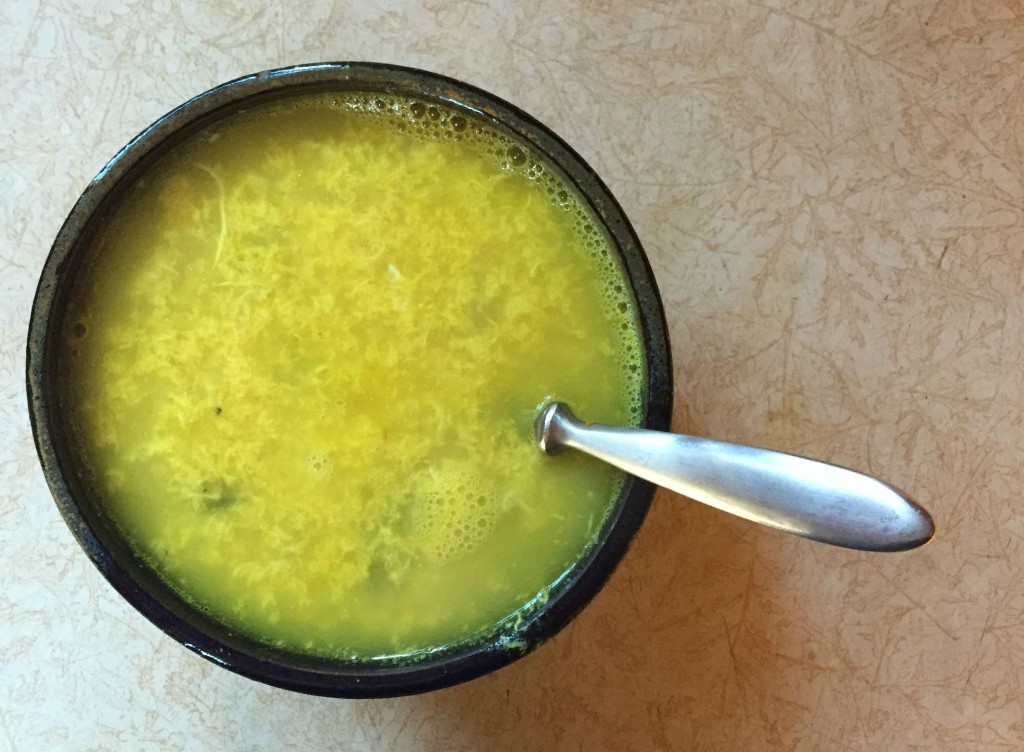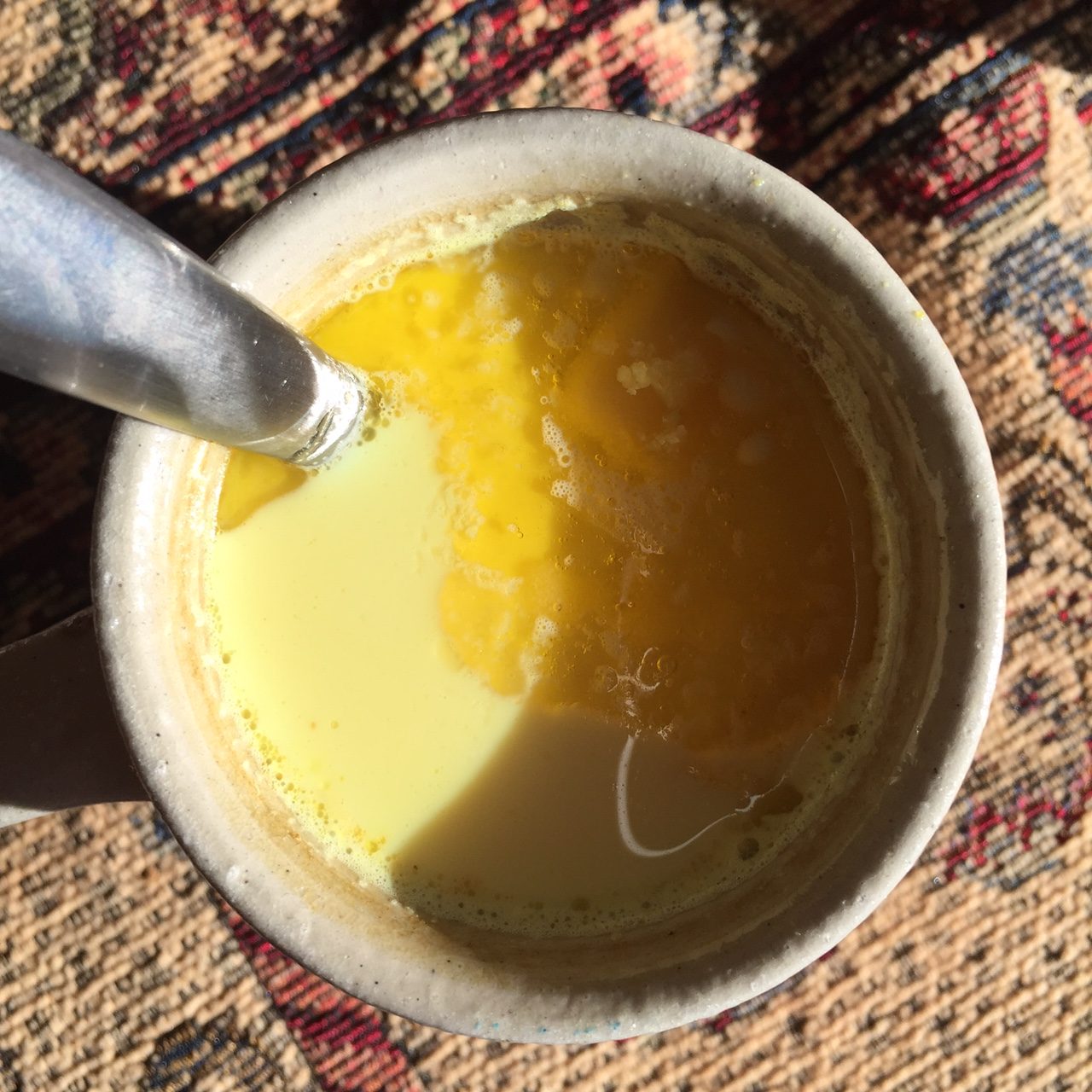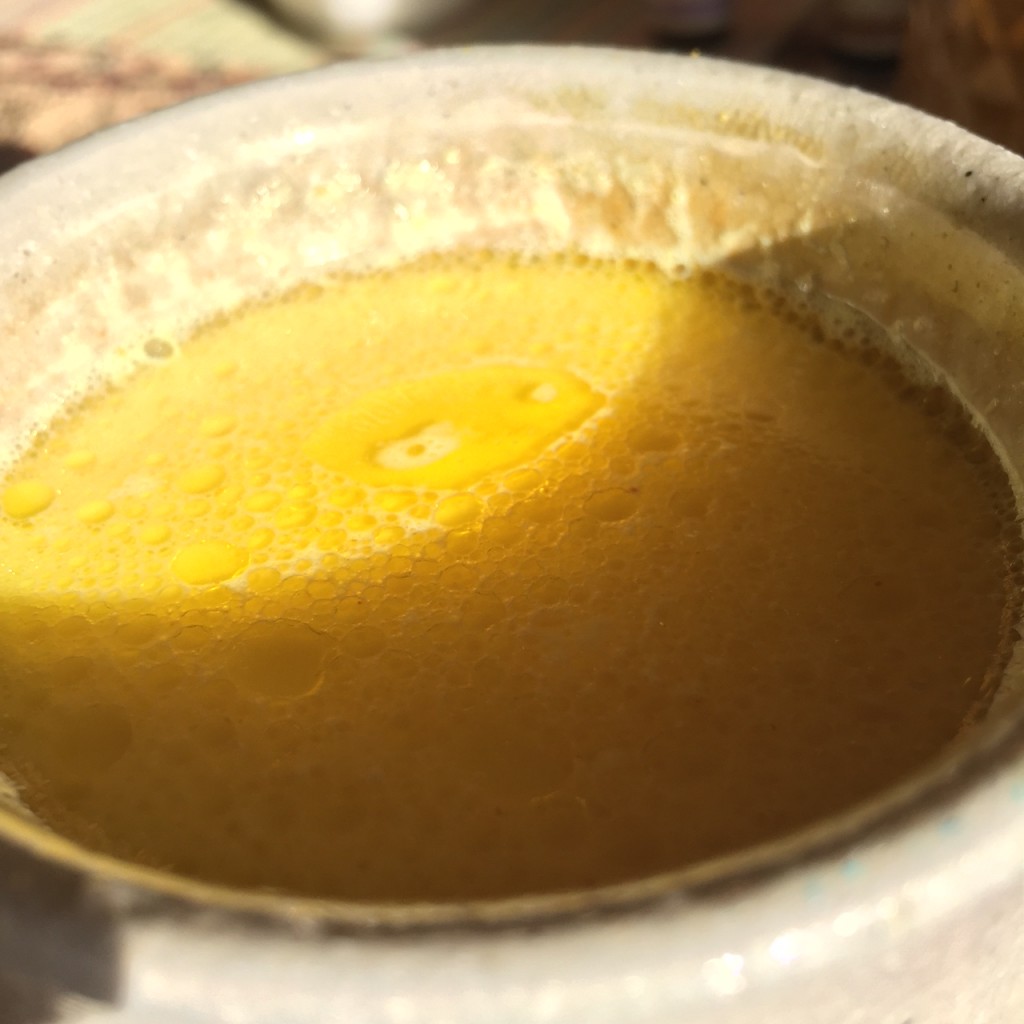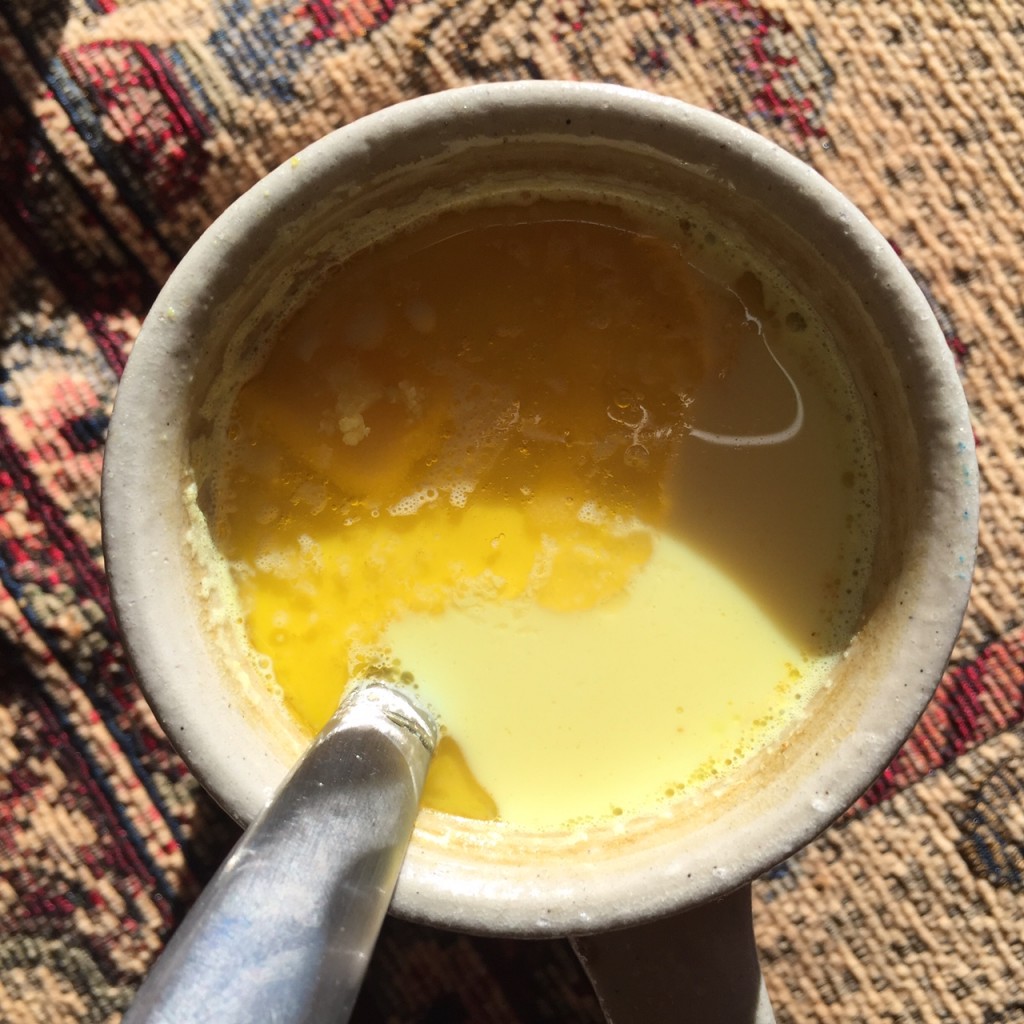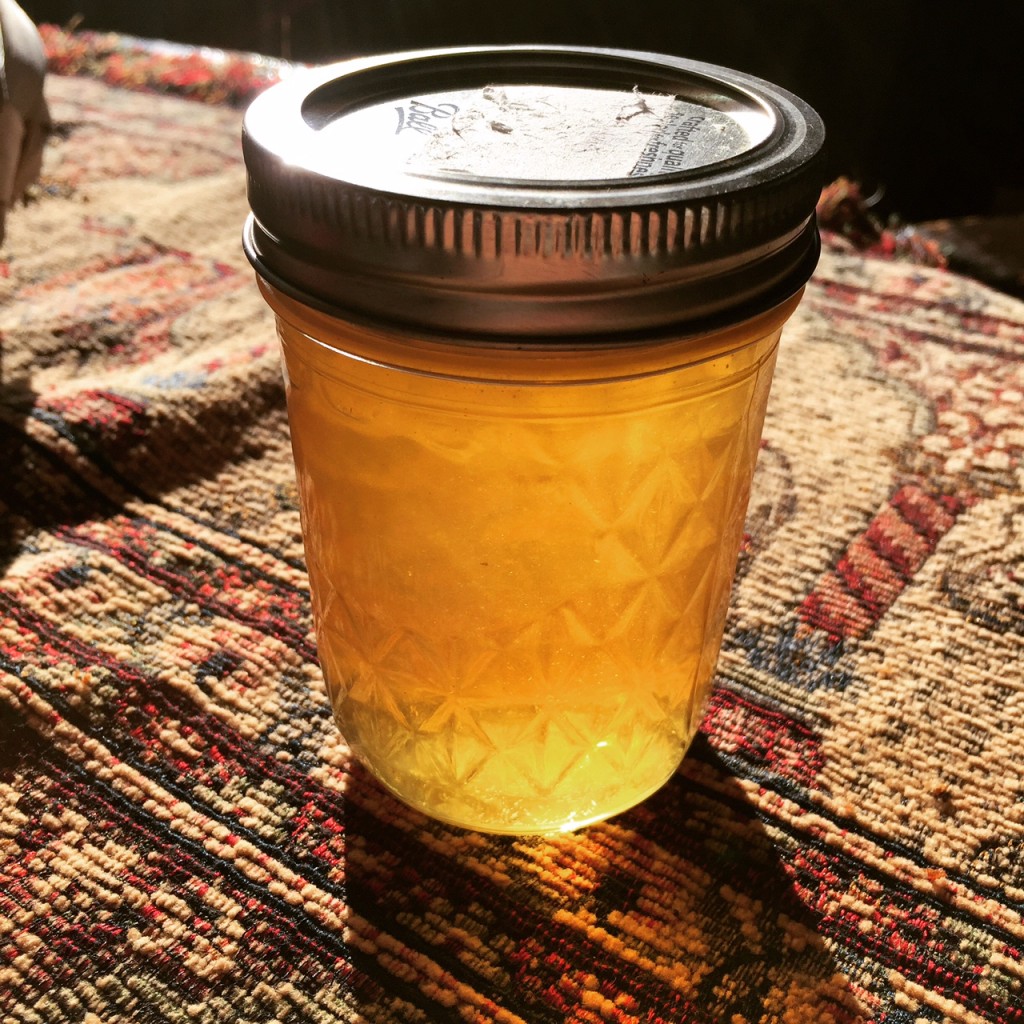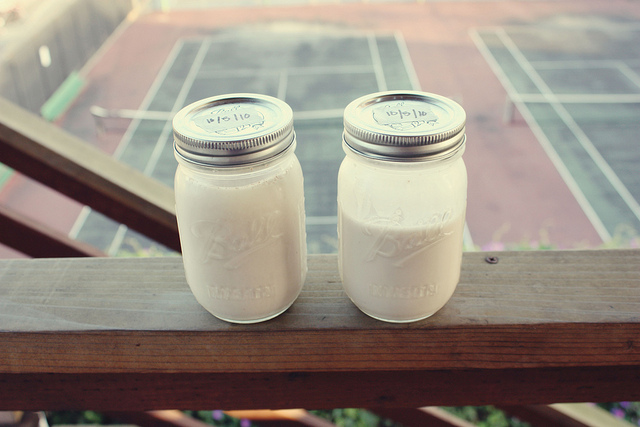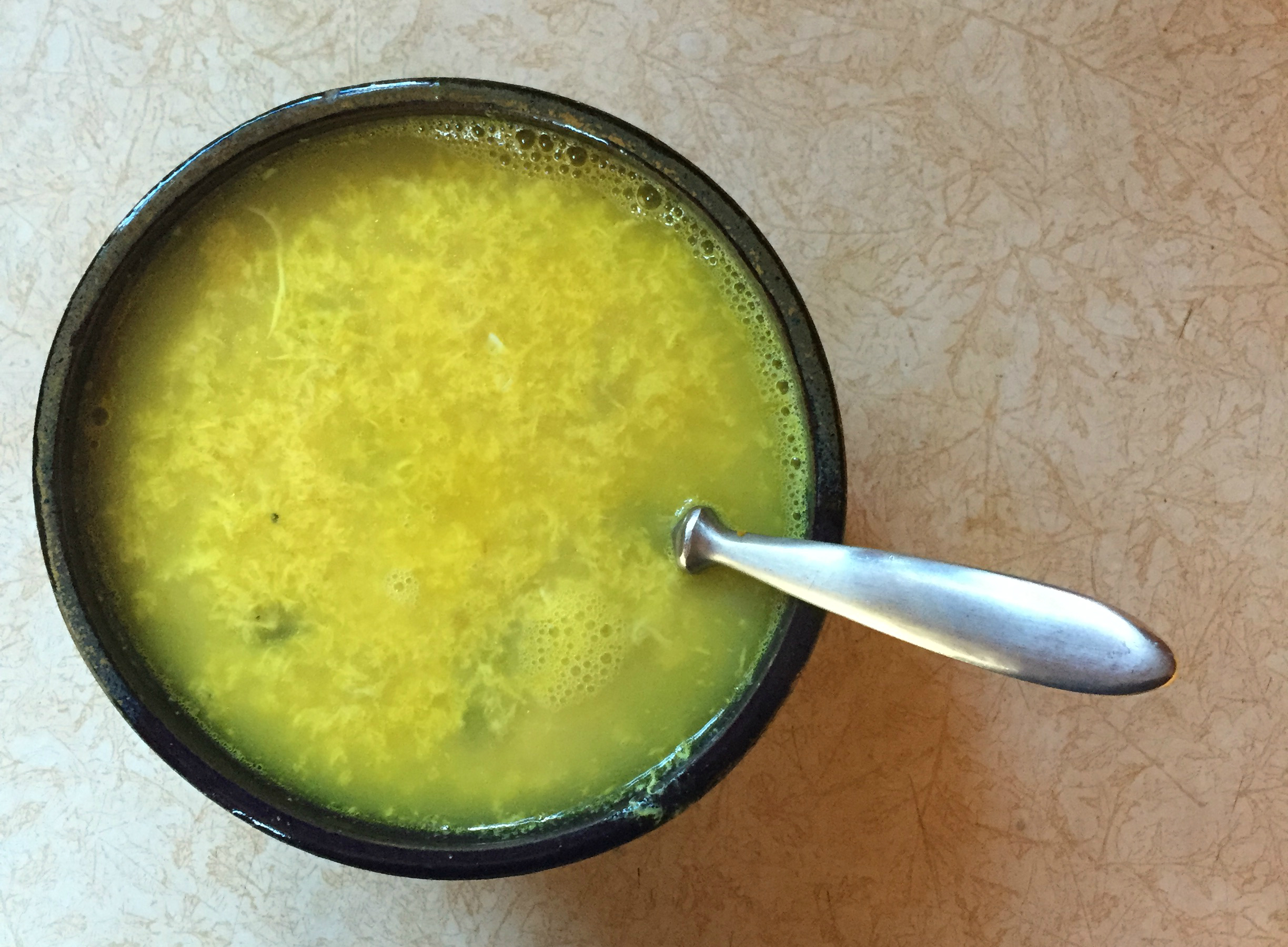
I love to cook. I have daydreams about being a grandma and having nothing to do all day but cook for myself and my grand kids… right out of that garden I will finally have time to weed…
It can be difficult to find simple, staple recipes, that can be made pretty quickly, follow Ayurvedic ‘rules’ and are also yummy. I can cook almost anything – and when I say that, I mean, yes, I have learned to follow a recipe, but what I mean is that I take pride making a meal out of whatever I have around the kitchen.
It pays to have staples that you love to use and that you know are balancing for you and the season – this is something that just takes time, and of course, knowhow – otherwise have to get complicated to cook for yourself daily.
This recipe was created in mid-January, during a harsh winter, for someone with sensitive digestion, but in need of protein. If you’re going to choose animal protein, choose organic and local. Even if you’re living in a city, it’s common to find out that your neighbor now has a hen house! (And yes, bonus, this recipe is gluten-free and milk-free!)
Simple Nourishment: Egg Drop Soup
Balances Vata (For a more Pitta balancing soup, remove the egg yolk and just use egg white, and go light or emit the black pepper and miso.)
INGREDIENTS
1 T ghee
2 local eggs
2 cups of water or broth of your choice
black pepper to taste
pinch turmeric (I can’t help myself)
1/2 zucchini chopped (happened to have on hand – any other greens, including scallion would be nice, and more traditional)
1 tsp miso paste
pinch salt
DIRECTIONS
Heat ghee over medium heat in a heavy bottomed pot. Add zucchini or other greens and saute to coat with oil (if zucchini, cook for 2-3 minutes to soften.) Add black pepper and turmeric and stir. Add water or broth, and bring to a boil. Meanwhile, whisk the eggs in a glass measuring cup until smooth. Remove the pot from the heat, and then slowly whisk in the eggs. Keep whisking, as this will give you ribbons of egg as opposed to chunks, which are less ‘nice’ to savor.
Serve immediately, with a tsp of miso per bowl. Add a pinch of salt if you need it. Two small servings, or one larger.

